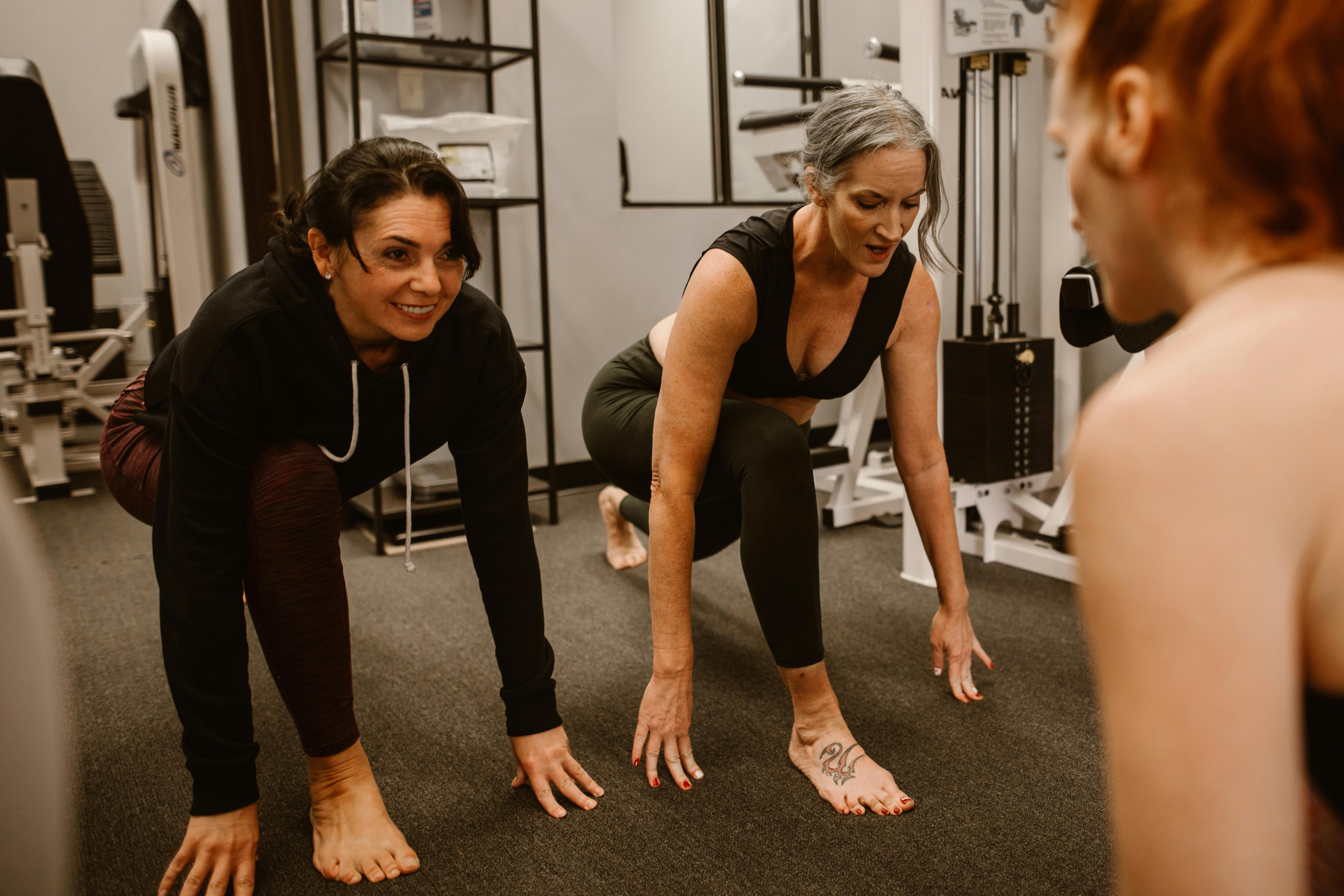Part 1: Do You Really Need a Knee Replacement?
Jun 20, 2025

Knee pain is no joke. It can make something as simple as getting out of a car or going down stairs feel like a full-blown battle. So when an orthopedic surgeon confidently says, “You need a knee replacement,” it can feel like both a relief and a sentence. At least there’s a plan… right?
But let me ask you this: what if that plan is missing a few key chapters?
I’ve been inside the operating room, worked alongside surgeons as a total joint rep, and now spend my days helping people with pain and movement challenges as an acupuncturist and former sports massage therapist. I’ve also studied nutrition deeply, and trust me when I say—most people never hear the full story before they’re scheduled for surgery. So let’s take a big-picture look before you sign up for titanium knees and a mountain of physical therapy.

Here’s the kicker: pain does not always mean something is broken beyond repair. You might be surprised to learn that a lot of knee pain comes from issues like inflammation, poor joint mechanics, old injuries that never quite healed right, or weak glutes and hamstrings that stopped pulling their weight years ago. It's like blaming your tires when the problem is actually poor alignment—and guess what? The tires (your knees) wear out faster when the whole system is off.

And speaking of inflammation—this is a major player that gets very little attention in most orthopedic offices. You could have the most pristine MRI in the world, but if your body is inflamed from processed foods, chronic stress, poor sleep, and too little movement, you’ll still hurt. Period. This is where nutrition comes in. A whole-foods, anti-inflammatory diet—rich in vegetables, healthy fats, quality proteins, and minimal sugar—can do more for knee pain than many people realize. (And no, this doesn’t mean living off kale and quinoa. Balance, people.)

Now let’s talk movement. I know, I know—your knee hurts, so the last thing you want to do is squat or lunge. But not moving is a fast track to making things worse. The trick is finding the right kind of movement: the kind that strengthens the muscles that support the knee without aggravating the joint itself. Think of it like tuning up the suspension system so your wheels don’t have to absorb every bump in the road.

And here’s the part I wish more patients were told: surgery doesn’t guarantee pain relief. A knee replacement is a structural solution. If your pain is coming from inflammation, nerve irritation, soft tissue imbalances, or movement dysfunction… well, you can swap in all the titanium you want, but you’ll still hurt. And sometimes, people feel worse afterward because the new joint doesn't move like the original. (More on that wild design flaw in Part 2.)

That’s not to say surgery is always the wrong choice. There are absolutely times when it’s appropriate—like if you’ve already exhausted conservative care for 6 months or more, you’ve got bone-on-bone arthritis and the x-rays match your symptoms, or your knee has started to bow inward or outward dramatically. But if that’s the road you’re heading down, going into surgery with strong muscles, a calm immune system, and better movement patterns gives you the best chance at a smooth recovery.

Here’s the takeaway: just because you’ve been told you “need” a knee replacement doesn’t mean you’re out of options. In many cases, there’s a lot of healing to be done before a scalpel ever gets involved.
So, if your knee is making a fuss and you’re trying to decide what to do, I recommend starting with a real look at your lifestyle, inflammation levels, and movement quality. Acupuncture, soft tissue work, targeted mobility, and nutrition can completely change the game. And if you’re feeling overwhelmed, I offer virtual consultations to help you figure out the best next step—surgical or not.

Stick with me, because in Part 2, we’re going deeper into the anatomy of the knee and why replacement joints can never quite replicate what your body was originally built with. (Spoiler: your femur is sneakily asymmetrical, and that matters a lot.)
Until then, keep moving, eat something green, and question anything that sounds like a one-size-fits-all answer—especially when it comes to your knees.
Chow! Chow!

